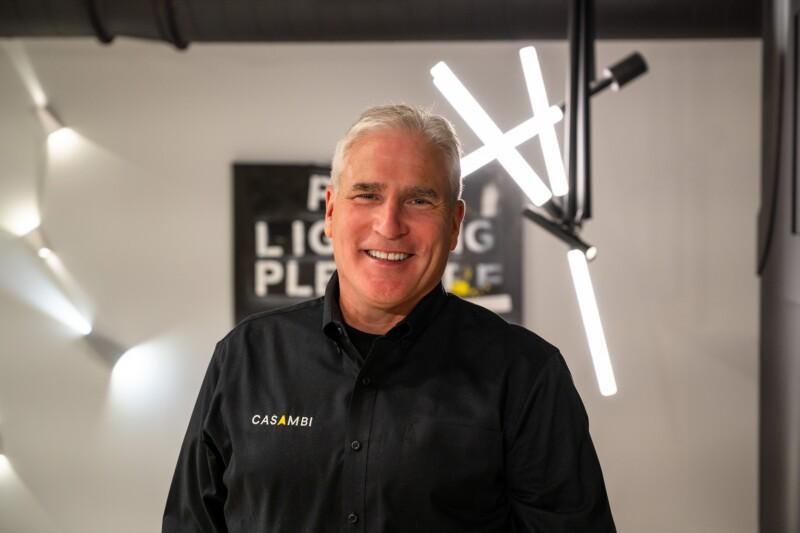Lighting control as a design tool

It’s so important to find the right lighting control solution. It can improve not only your lighting design, but significantly contribute to improving the overall operational efficiency of the building, and your business to boot! Smart lighting control is never a ‘nice to have’ but a ‘must have’.
Technology today is in a state of perpetual change and improvement. When technological products change, the way they are used changes. In an increasingly connected world, it can be difficult to remain aware and apprised of the latest and greatest of capabilities. However, by paying special attention to the relevant advantages and savings potential of new tech one can yield exponential, farther-reaching benefits. Take lighting control tech – find the right solution, and it can improve not only your lighting design, but significantly contribute to improving the overall operational efficiency of the building, and your business to boot!

Technology in the lighting field is expanding and new solutions are increasingly carving out new niches in the market. In a world beset by challenges, the negative impacts of the global energy crisis and climate change are influencing investment strategies as companies seek technologies to alleviate the pressure.
The EU-wide ban on fluorescent lamps, which has been planned for some time, is now about to be put into effect. Converting a building from fluorescent to LED lighting is proven to save up to 60% in lighting energy consumption. Adding additional layers such as controls and back-end data analytics can add another 20% in energy savings.
In this context, the benefits to be reaped from lighting control technology are irresistible. Where once upon a time, lighting control systems were a design afterthought, today, they are rightfully factored in during the lighting design process. Control has gone from a buzzword to a bona fide necessity. From ‘nice to have’ to ‘must have’ with new capabilities such as software programming to provide human-centric lighting, control zoning, energy management and data analytics.
Casambi´s wireless offering has expanded to support extremely reduced hardware complexity, user-friendly application, the programming of lighting strategies to promote occupant well-being and the overall operational efficiency of spaces and provide people with the ability to control their own lighting and location-based services. Lighting control can be provided via wired or wireless systems. Lighting control must be factored in from the onset of a lighting design project. Designers must consider how and when design meets control strategy.
Lighting design in the 2020s is inseparable from the effectiveness of its wireless lighting controls design. Control design becomes a tool to provide full service instead of an additional package. It helps us to design our projects according to new control strategies. Lighting preferences constantly change from country to country and/or from person to person, therefore flexibility and scalability must be considered in the first phase of lighting design. Different lighting scenarios, selection of luminaires, consideration of other building systems, daylight and energy-saving strategies should be designed in parallel with lighting concept and development in order to achieve sustainability and business-savvy functionality.

Nowadays, particularly complex lighting projects can take full advantage of wireless systems. They demonstrate how efficient lighting can still be beautiful, sustainable and functional when implemented with the right control strategies. They can manage energy resources, achieve energy efficiency through advanced controls capabilities, generate data via measuring and/or monitoring, deliver appropriate light levels, color quality, and minimize light pollution.
Casambi´s future-proof wireless lighting control solution can be placed exactly where it’s needed without limitation imposed by wiring, including areas that are difficult to wire. By going wireless, you entirely eliminate the need to damage walls and ceilings in the process. It targets greater sustainability and wellness, causes little-to-no disruption to business operations, increases occupant satisfaction by providing users with the ability to control their lighting and it can seamlessly integrate lighting with building management systems by easily incorporating cloud-based solutions. All this makes Casambi an especially attractive solution for implementing sophisticated control systems in existing buildings and applications.
So, will you still resist technological change and give new wireless control solutions a go?
Interested in learning more about Casambi? Drop us a note, and we’ll reach out to you:



